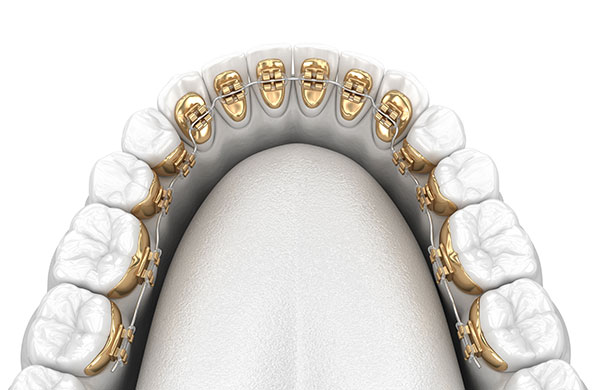Dental braces are orthodontic devices used to align and straighten teeth in order to improve the bite and access for oral hygiene. Braces can close gaps between teeth, and correct underbites, malocclusions, overbites, open bites, deep bites, crossbites, crooked teeth, and other discrepancies of the teeth and jaw.
Braces are prescribed according to the orthodontic treatment needs of an individual. If you have any of the following indications, you may be a candidate for braces treatment:
- teeth that are visibly crooked or crowded
- difficulty brushing and flossing crooked teeth
- frequently biting your tongue or cutting your tongue with your teeth
- teeth that do not oppose properly in function
- difficulty pronouncing certain letters due to poor tongue posture caused by teeth position
- jaws that click or make noises when you chew or first wake up
- stress or fatigue on your jawline after chewing food
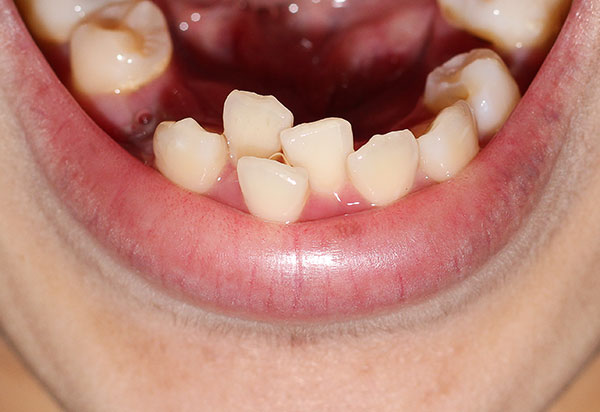
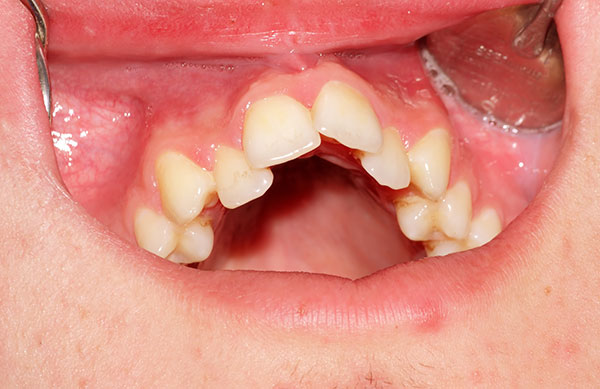
There are many different types of braces. You may be advised by our orthodontist on the type of braces best suited for you. Examples of braces types:
Fixed braces are made up of small squares of metal or ceramic brackets which are attached to the front surfaces of teeth using dental adhesives. These brackets are linked together by an arch wire, which is a thin wire, that guides the movement of teeth. Small elastic bands are used to secure this arch wire to the brackets when teeth move into position.
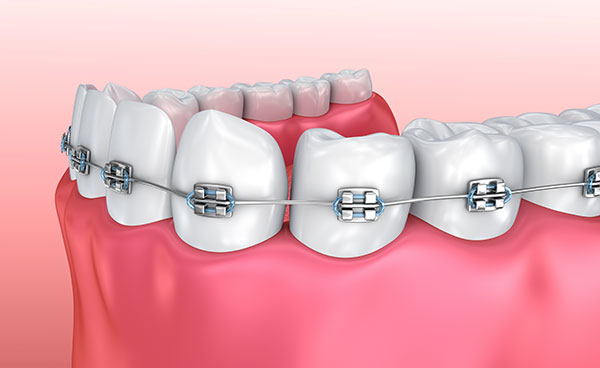
Removable braces are braces which can be taken out of the mouth during toothbrushing. These are plastic plates with wires and clasps that can be customised for each patient. Removable braces are economical but may not be suitable for certain cases. These appliances are used for simple alignment in younger patients, usually under the age of 11, or as part of a comprehensive plan prior to fixed braces treatment.
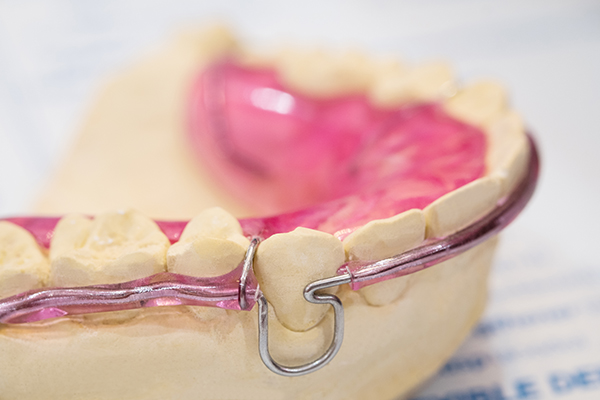
Invisalign uses a series of clear removable plastic trays, like a thin mouthguard, to gradually straighten teeth and move into ideal position. They are unnoticeable, and easily removed when eating, drinking and toothbrushing, thus allowing easy maintenance of oral hygiene. However, patients must be disciplined about wearing their aligners for at least 20 to 22 hours per day for treatment to be successful. Invisalign is a good alternative treatment modality for patients who are not keen to have fixed braces placed.
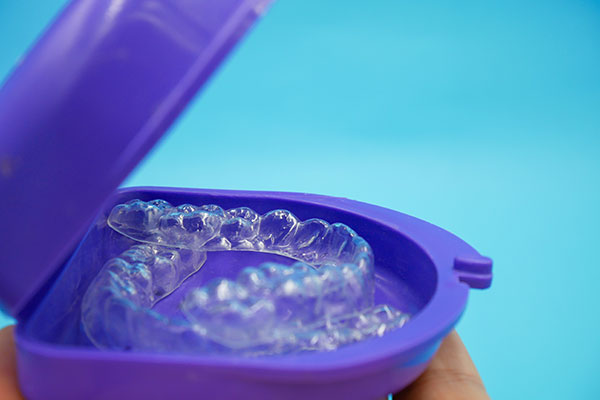
Lingual braces are made of the same components as fixed braces except that the brackets and wires are attached to the back or inner surfaces of teeth and not the front surfaces. This makes them almost entirely unnoticeable, even when the patient smiles. They are ideal for adults or older teenagers who are concerned about the appearance of conventional fixed braces.
